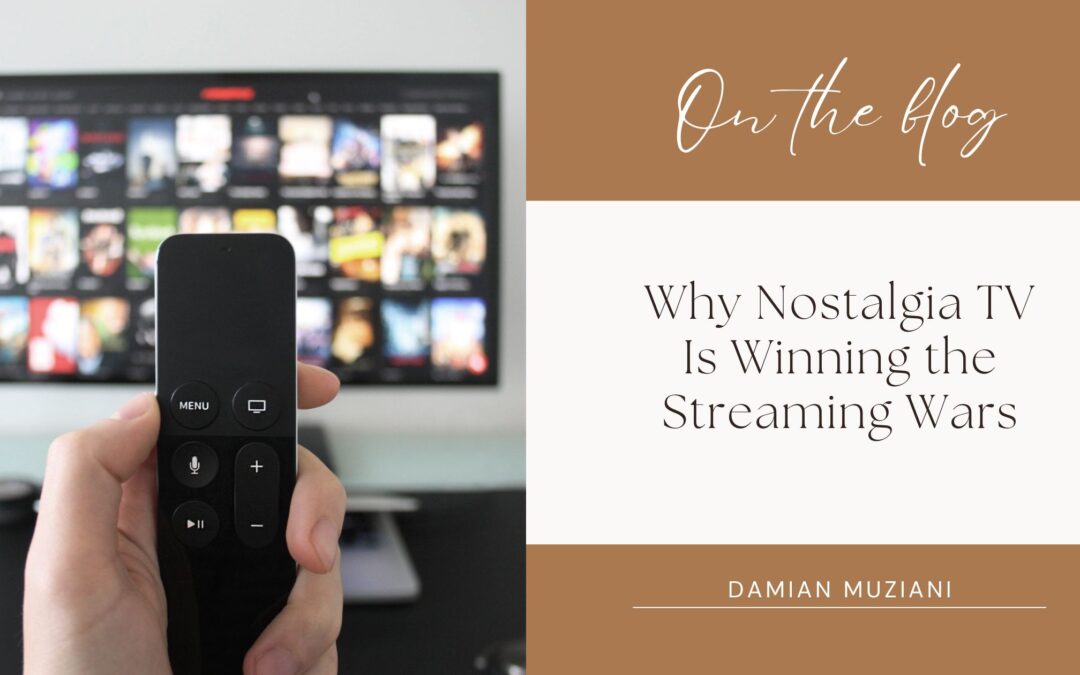You’ve seen it: your favorite 90s sitcom suddenly trending on Netflix. A reboot of a classic cartoon you forgot you loved. Even red carpets now feature stars who were teen heartthrobs two decades ago. So what gives? Why is nostalgia dominating entertainment—and why can’t we get enough of it?
In a time of constant change and digital overload, nostalgia is comfort food for the soul. It reminds us of simpler times, when our biggest worry was whether Rachel and Ross were really on a break. TV and film have always had an emotional pull, but now, streaming platforms are tapping into the collective craving for familiarity—and it’s working.
From Friends and The Office to Gilmore Girls and Full House reboots, the numbers speak for themselves. These shows consistently rank among the most-watched across platforms, even outperforming many original titles. Why? Because in a world filled with uncertainty, nostalgia is a safe bet.
What’s also fascinating is how nostalgia content bridges generations. Parents introduce their kids to the shows they grew up on, creating shared cultural references that span decades. This isn’t just binge-watching—it’s bonding.
Streaming services have taken notice. Disney+ built an empire on childhood memories. Paramount+ banks on 90s Nickelodeon hits. Even Netflix launched a “Throwback” category. It’s not just reruns—it’s a strategy. Nostalgia drives engagement, boosts re-subscriptions, and even fuels social media buzz.
But here’s the twist—nostalgia is evolving. It’s not just about rewatching the past; it’s about reimagining it. Look at Stranger Things, a modern series drenched in 80s vibes. Or Cobra Kai, which flips the script on The Karate Kid. These shows succeed not because they replicate the old—they remix it with fresh eyes.
As entertainment keeps evolving, one thing is clear: our past will always have a starring role in our present. Whether it’s through comfort TV, reboots, or modern homages, nostalgia isn’t just a trend—it’s the new classic.
